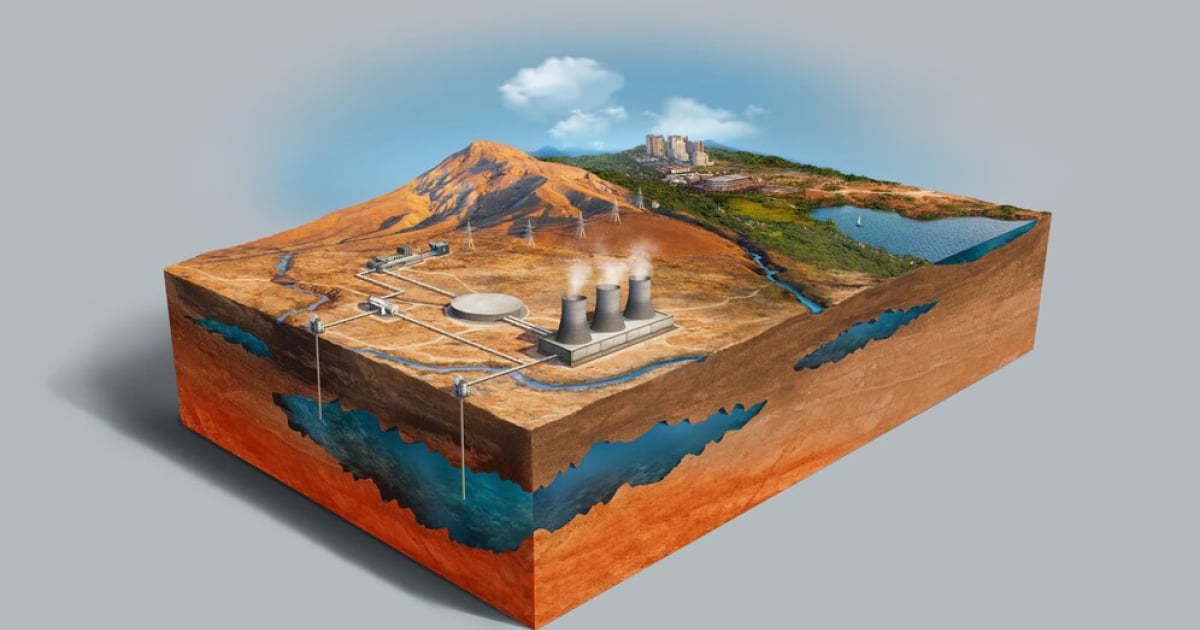Effects of Temperature on Geotechnical Engineering
A special issue of Applied Sciences (ISSN 2076-3417). This special issue belongs to the section "Civil Engineering".
Deadline for manuscript submissions: 31 July 2025 | Viewed by 8422

Special Issue Editors
Interests: rock mechanics; geotechnical engineering; reservoir stimulation; underground engineering; multi-field coupling
Interests: deep rock mechanics; geothermal development; reservoir reconstruction; mining engineering
Special Issues, Collections and Topics in MDPI journals
Special Issue Information
Dear Colleagues,
We would like to invite you to contribute to a Special Issue of the open access journal Applied Sciences dedicated to “Effects of Temperature on Geotechnical Engineering”.
As a fundamental factor, temperature significantly affects the mechanical, thermal, and hydraulic properties of geological materials, thereby influencing the design and performance of engineering structures. In rocks, temperature fluctuations can induce thermal stresses, leading to cracking and fracturing. Temperature variations can also affect the porosity and permeability of rocks, thereby impacting groundwater flow and the stability of geological formations. Similarly, temperature is crucial in regulating soil compaction and moisture content, impacting soil strength and stability. Moreover, freeze-thaw cycles, especially prevalent in regions subject to frequent temperature fluctuations, can cause soil expansion and shrinkage, resulting in heaving and settlement. Hence, understanding the effects of temperature on geological materials is essential for optimizing geotechnical engineering practices.
In this Special Issue, we invite submissions exploring cutting-edge research and recent advances in the fields of the effects of temperature on geotechnical engineering. Both theoretical and experimental studies are welcome, as well as comprehensive reviews and survey papers.
Articles of interest include, but are not limited to, the following topics:
- Effects of temperature on the physical and mechanical properties of geological materials;
- Effects of temperature on the stability and durability of geotechnical engineering;
- Freeze-thaw properties and behavior of frozen ground in polar and high-altitude regions;
- Feasibility and performance evaluation of geothermal energy systems;
- Risk assessment in the geological disposal of high-level radioactive nuclear waste.
Dr. Jiliang Pan
Dr. Jun Lu
Dr. Zhennan Zhu
Guest Editors
Manuscript Submission Information
Manuscripts should be submitted online at www.mdpi.com by registering and logging in to this website. Once you are registered, click here to go to the submission form. Manuscripts can be submitted until the deadline. All submissions that pass pre-check are peer-reviewed. Accepted papers will be published continuously in the journal (as soon as accepted) and will be listed together on the special issue website. Research articles, review articles as well as short communications are invited. For planned papers, a title and short abstract (about 100 words) can be sent to the Editorial Office for announcement on this website.
Submitted manuscripts should not have been published previously, nor be under consideration for publication elsewhere (except conference proceedings papers). All manuscripts are thoroughly refereed through a single-blind peer-review process. A guide for authors and other relevant information for submission of manuscripts is available on the Instructions for Authors page. Applied Sciences is an international peer-reviewed open access semimonthly journal published by MDPI.
Please visit the Instructions for Authors page before submitting a manuscript. The Article Processing Charge (APC) for publication in this open access journal is 2400 CHF (Swiss Francs). Submitted papers should be well formatted and use good English. Authors may use MDPI's English editing service prior to publication or during author revisions.
Keywords
- rock and soil mechanics
- temperature effect
- thermal damage
- freeze-thaw cycle
- rock breaking
- geothermal energy
- geological disposal
- deep mining
- multi-field coupling
- numerical simulation
Benefits of Publishing in a Special Issue
- Ease of navigation: Grouping papers by topic helps scholars navigate broad scope journals more efficiently.
- Greater discoverability: Special Issues support the reach and impact of scientific research. Articles in Special Issues are more discoverable and cited more frequently.
- Expansion of research network: Special Issues facilitate connections among authors, fostering scientific collaborations.
- External promotion: Articles in Special Issues are often promoted through the journal's social media, increasing their visibility.
- e-Book format: Special Issues with more than 10 articles can be published as dedicated e-books, ensuring wide and rapid dissemination.
Further information on MDPI's Special Issue policies can be found here.







